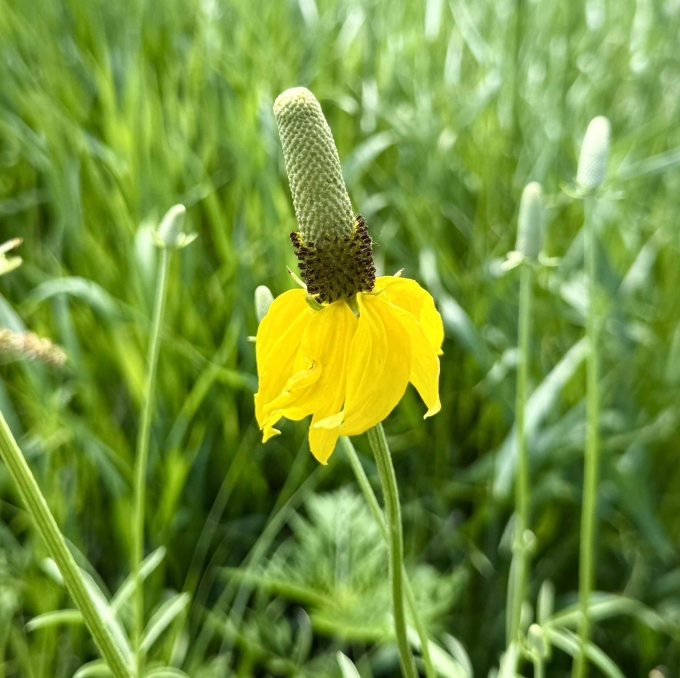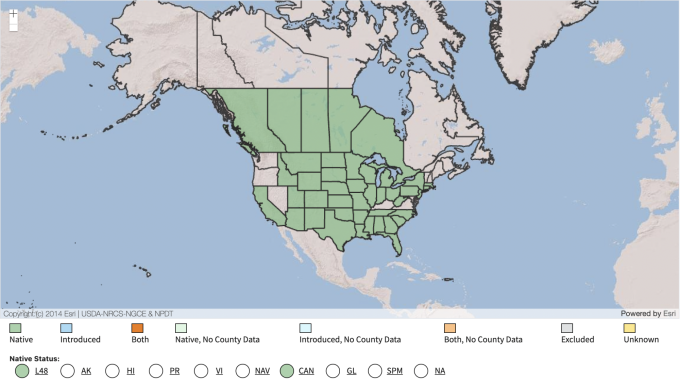Common Name: Upright Prairie Coneflower, Mexican Hat
Family: Asteraceae
Plant Type: Herbaceous Perennial
Native Range: Great Plains and central North America, including Nebraska
Hardiness Zones: 3–9
Height: 1.5 to 3.0 feet
Spread: 1.0 to 1.5 feet
Bloom Time: Mid-summer to early fall (June–September in Nebraska)
Bloom Description: Distinctive yellow or yellow-and-rust drooping petals with a tall, dark central cone (column)
Sun Exposure: Full sun
Water Needs: Low
Soil Preference: Dry, well-drained soils; thrives in sandy, rocky, or clay soils
Management Level: Low
Suggested Use: Prairie restorations, xeriscapes, pollinator gardens, naturalized plantings
Attracts: Bees, butterflies, beneficial insects
Tolerates: Drought, heat, poor soils, deer
Notable Features: Unique flower shape, long bloom season, highly drought-tolerant, excellent for native plantings
Nebraska Growing Notes:
Upright Prairie Coneflower is a classic Nebraska native wildflower, perfectly suited to the state’s prairies, roadsides, and dry open areas. It thrives in full sun and well-drained soils, even in the leanest, driest sites.
Its airy structure and long bloom season make it an important nectar source for native bees, butterflies, and beetles, and its seeds provide food for birds in the fall.
While it can self-seed in open areas, it is not invasive and fits well into both formal and informal plantings. It’s ideal for low-maintenance landscapes where resilience and ecological value are prioritized.
Landscape Use:
A natural fit for prairie restorations, xeric gardens, pollinator plantings, and wildflower meadows. Works well with grasses like Bouteloua gracilis (Blue Grama) or Schizachyrium scoparium (Little Bluestem), and forbs like Coreopsis, Liatris, and Gaillardia.
Its unique form and textural contrast add interest to sunny borders and open spaces.
Caution:
Non-toxic and safe for wildlife. May lightly self-seed but remains manageable and desirable in native settings.
Garden Locations:
Bed(s) 11
Sources:
https://plants.usda.gov/plant-profile/RACO3



